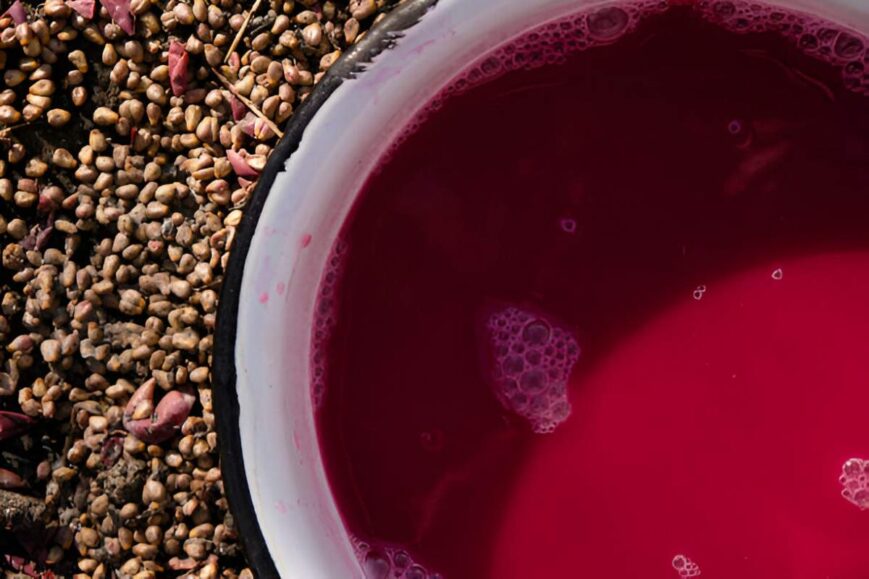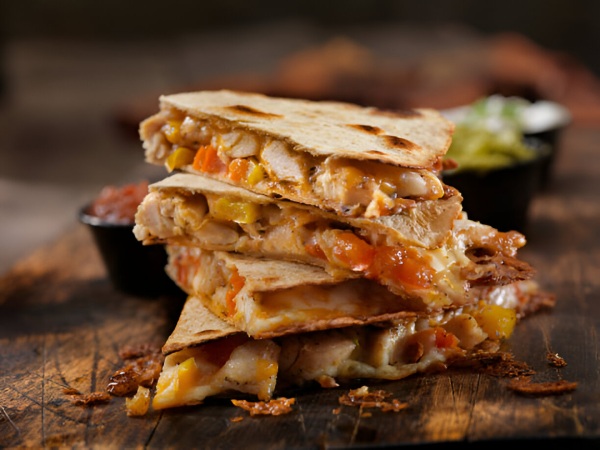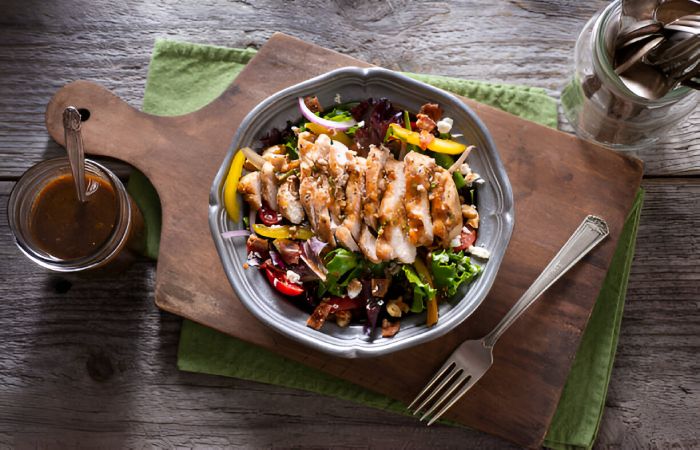Vitamin injections have gained popularity in recent years as an effective way to boost health and energy levels. In bustling cities like New York, where people lead fast-paced lives and may struggle to maintain optimal nutrition, vitamin injections offer a convenient and impactful solution. This article explores the benefits of vitamin injections, particularly in NYC, and how they can enhance your well-being.
What Are Vitamin Injections?
Vitamin injections involve administering vitamins directly into the bloodstream via an injection. Unlike oral supplements, which need to be digested and absorbed through the gastrointestinal tract, injections provide immediate and efficient delivery of nutrients. Commonly used vitamins for injections include:
- Vitamin B12: Vital for energy production and cognitive function.
- Vitamin C: Supports immune function and skin health.
- Vitamin D: Essential for bone health and mood regulation.
- Vitamin B Complex: Includes several B vitamins that support metabolism, energy, and overall health.
Key Benefits of Vitamin Injections
-
Enhanced Absorption and Effectiveness
One of the primary advantages of vitamin injections is their superior absorption rate. Since the vitamins are delivered directly into the bloodstream, they bypass the digestive system, which can sometimes hinder the absorption of nutrients. This direct delivery ensures that your body receives a higher concentration of vitamins, leading to more effective results.
- Immediate Impact: Rapidly boosts vitamin levels and provides quick relief from deficiencies.
- Higher Bioavailability: Ensures that nutrients are fully utilized by the body.
-
Increased Energy Levels
Vitamin injections are particularly known for their role in increasing energy levels. Vitamins like B12 play a crucial role in energy production and combat fatigue. For individuals living in NYC, where the hustle and bustle can be draining, a vitamin B12 injection can provide a much-needed energy boost.
- Combats Fatigue: Helps reduce feelings of tiredness and exhaustion.
- Improves Mental Clarity: Supports cognitive function and concentration.
-
Supports Immune Function
Maintaining a strong immune system is vital, especially in a city where exposure to various pathogens and stress is common. Vitamin C injections are renowned for their immune-boosting properties, enhancing the body’s ability to fight off infections and illnesses.
- Strengthens Immunity: Enhances the body’s defense mechanisms.
- Reduces Duration of Illnesses: May help shorten the duration and severity of colds and other infections.
-
Promotes Healthy Skin
Vitamin injections can have a positive impact on skin health. For instance, vitamin C injections are known to support collagen production, leading to improved skin elasticity and a youthful appearance. This is particularly appealing to those living in NYC, where the environmental stressors and busy lifestyles can affect skin health.
- Boosts Collagen Production: Supports skin firmness and reduces wrinkles.
- Improves Skin Tone: Enhances overall complexion and radiance.
-
Supports Overall Wellness
In addition to specific benefits, vitamin injections contribute to overall wellness. For example, vitamin D is crucial for bone health and mood regulation, which can be particularly important in a city with variable weather patterns that may limit sun exposure.
- Promotes Bone Health: Supports calcium absorption and bone density.
- Enhances Mood: May help alleviate symptoms of seasonal affective disorder (SAD).
Why Choose Vitamin Injections in NYC?
-
Convenient Access
New York City offers numerous clinics and wellness centers specializing in vitamin injections. Whether you’re seeking a quick boost of energy or need to address a specific deficiency, you’ll find convenient options throughout the city.
- Wide Availability: Numerous providers offering various vitamin injection services.
- Flexible Scheduling: Options to fit injections into busy schedules.
-
Tailored Treatments
Many clinics in NYC offer personalized treatments based on individual health needs. A health professional can assess your specific requirements and recommend the most suitable vitamin injections for your lifestyle and health goals.
- Customized Solutions: Tailored injections based on individual health assessments.
- Expert Guidance: Professional advice on optimal vitamin use and benefits.
-
Enhances Urban Living
Living in a fast-paced city like NYC can be demanding, and vitamin injections can provide the extra support needed to thrive in such an environment. From combating fatigue to supporting immune function, these injections help maintain optimal health amid the urban hustle.
- Supports Urban Lifestyle: Helps manage stress, fatigue, and overall health challenges of city life.
- Improves Quality of Life: Enhances well-being and productivity.
Conclusion
Vitamin injections offer a range of benefits, from enhanced absorption and increased energy levels to improved skin health and immune support. In a vibrant and demanding city like New York, where maintaining optimal health can be challenging, vitamin injections provide a convenient and effective solution. By incorporating vitamin injections into your wellness routine, you can boost your health and energy, ensuring you remain at your best amidst the city’s dynamic pace.
If you’re considering vitamin injections, consult with a healthcare professional to determine the most appropriate options for your needs and to ensure a safe and effective treatment plan.
























